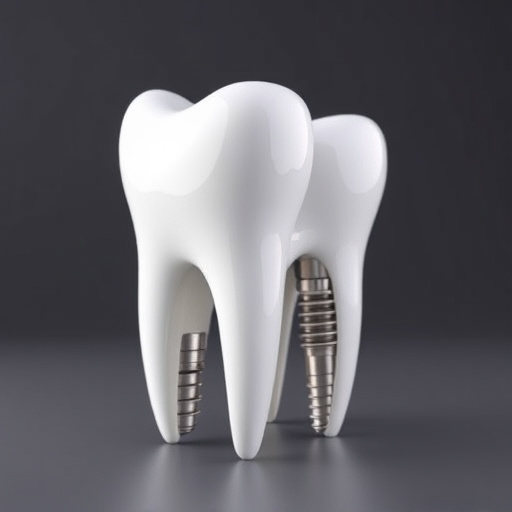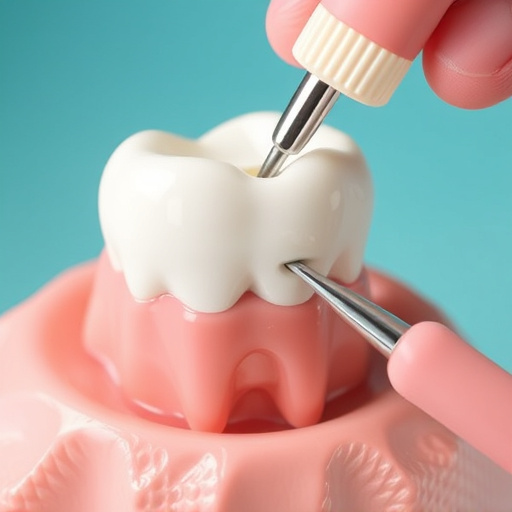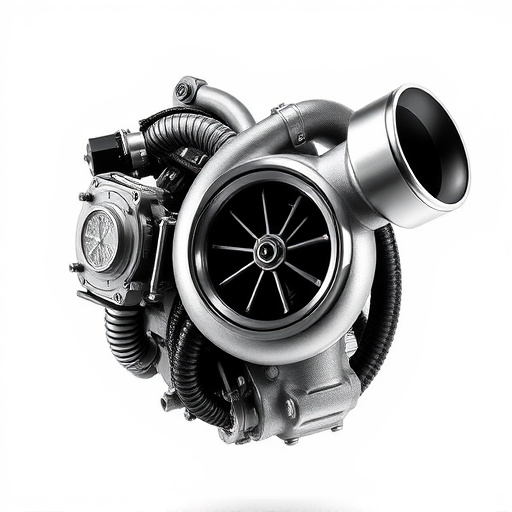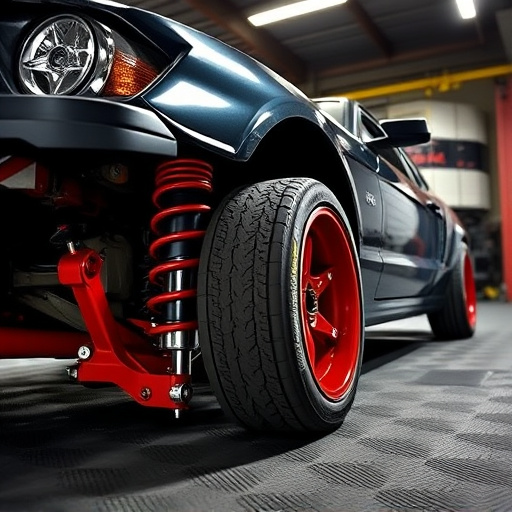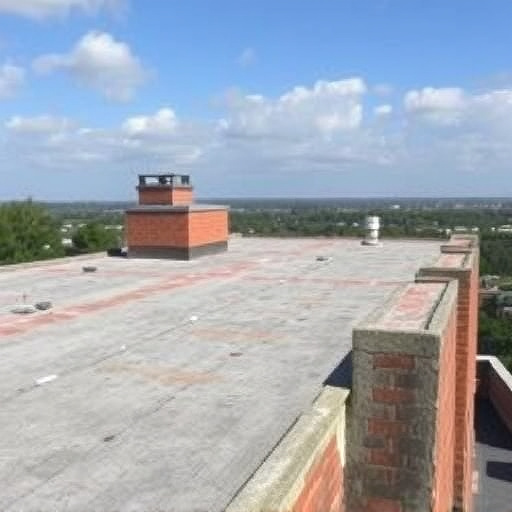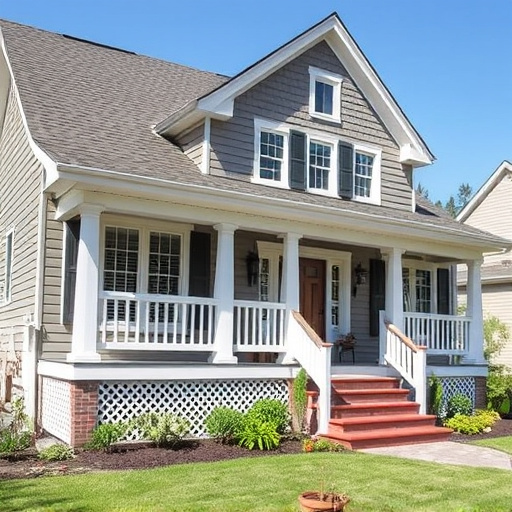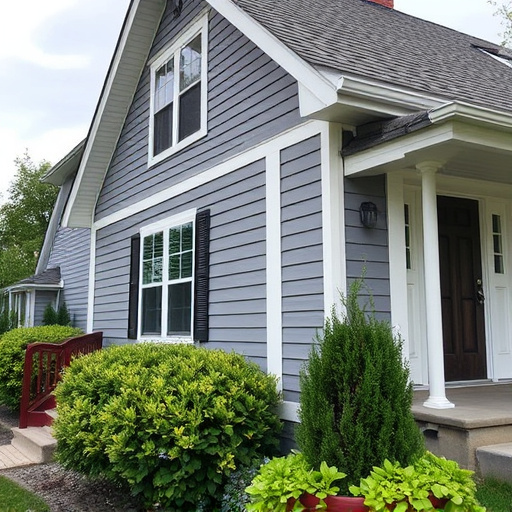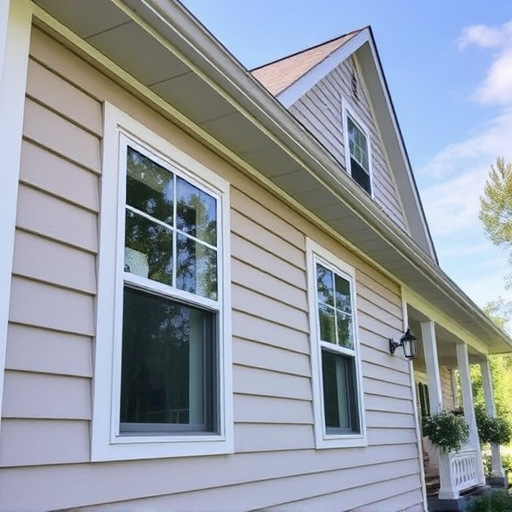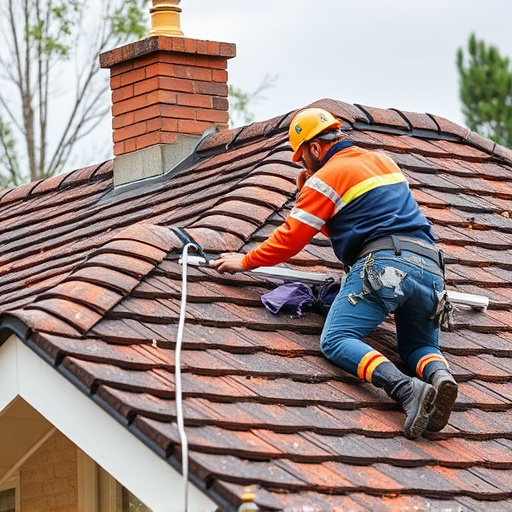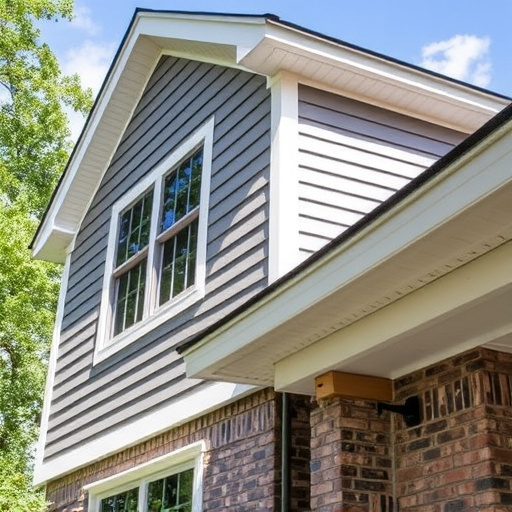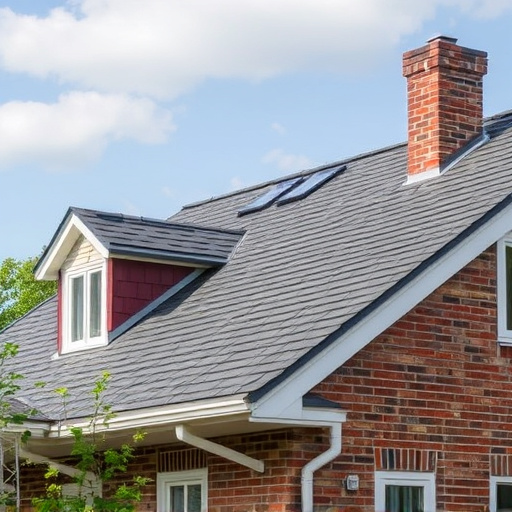Impact resistance is critical for durable siding in storm-prone areas, protecting buildings from falling debris and high winds. Key factors include material composition (like fiber cement or vinyl) and thickness. Specialized options offer enhanced security. High-quality materials, advanced manufacturing, and design features ensure longevity. Fiber cement excels in durability, while vinyl provides an affordable impact-resistant choice; metal roofing offers ultimate protection but is costlier. Professionals recommend combining robust siding with strong roofs for maximum home security.
Discover the secrets behind impact-resistant siding materials and why they are a vital consideration for any home exterior project. In this article, we explore the factors that contribute to a siding’s durability against the elements, including high winds, falling debris, and more. We’ll break down common siding options, helping you understand their impact resistance capabilities. By understanding these key aspects, homeowners and contractors can make informed decisions when choosing materials that safeguard homes and increase property value.
- Understanding Impact Resistance in Siding Materials
- Key Factors Enhancing Siding's Durability
- Comparing Common Siding Options for Impact Resistance
Understanding Impact Resistance in Siding Materials
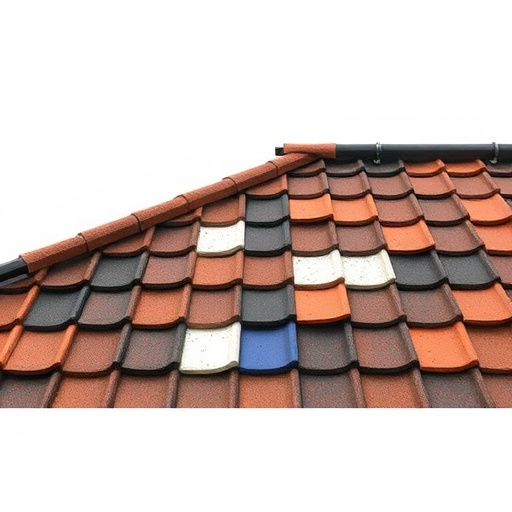
When considering the durability of siding materials, impact resistance is a critical factor to evaluate, especially for homes or commercial properties situated in areas prone to storms or high-speed winds. Impact resistance refers to a siding material’s ability to withstand and minimize damage from external forces such as falling debris, branches, or even small missiles during severe weather events. This characteristic plays a vital role in ensuring the structural integrity of a building and preventing costly repairs.
Various factors contribute to a siding material’s impact resistance. One key aspect is its composition and construction, with materials like fiber cement known for their exceptional strength and durability. Additionally, the thickness of the siding panels can significantly impact their resistance; thicker materials generally offer superior protection against impacts. For commercial siding or in areas requiring enhanced security, specialized impact-resistant siding options are available, designed to meet specific performance standards and provide long-lasting protection against potential damage, thus reducing the need for frequent siding repairs.
Key Factors Enhancing Siding's Durability
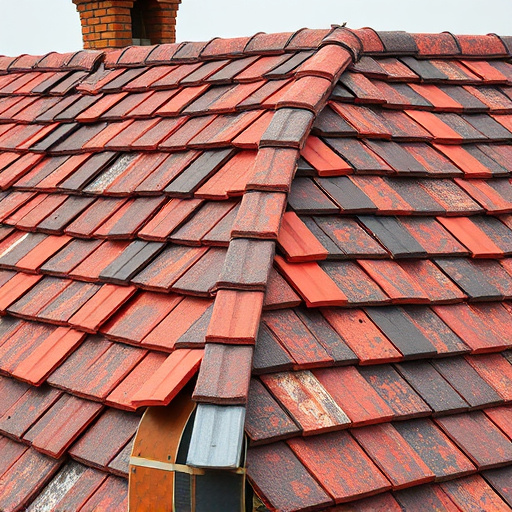
The key factors that significantly enhance siding materials’ durability include their composition, manufacturing processes, and design features. High-quality siding is typically made from robust materials such as vinyl, fiber cement, or metal. These materials are chosen for their resistance to extreme weather conditions, including high winds and heavy rainfall, which are common in many regions.
Furthermore, advanced manufacturing techniques play a crucial role. Innovations like adding impact-resistant modifiers during production ensure that the siding can withstand blunt forces, such as falling debris or bird strikes, without significant damage. The design itself also contributes to durability; interlocking panels or a rigid core prevent warping or breaking, even under stress. Regular maintenance and inspections by residential roofing specialists are recommended to keep siding in top condition, ensuring it continues to provide effective protection for the home, much like a robust roof safeguarding against weather-related issues, with repairs promptly addressed to maintain the integrity of both the roofing services and overall structure.
Comparing Common Siding Options for Impact Resistance
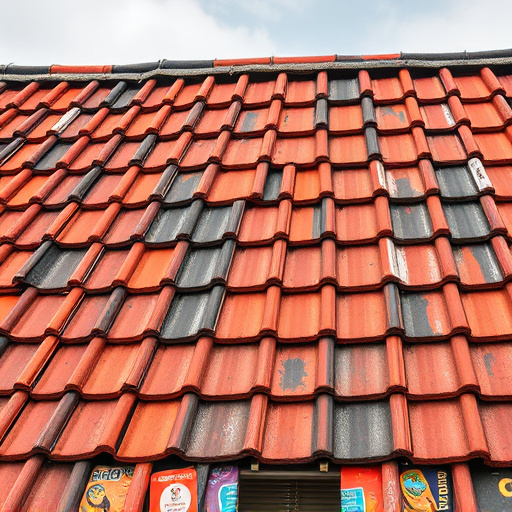
When comparing siding options for impact resistance, it’s crucial to understand the differences between materials. While all siding materials offer some level of protection against impacts, certain types excel in this aspect. For instance, fiber cement siding is renowned for its durability and ability to withstand severe weather conditions and high-speed debris, making it a popular choice for areas prone to hurricanes or hailstorms. On the other hand, vinyl siding, though less robust than fiber cement, offers good impact resistance and is more affordable, making it suitable for homeowners seeking a cost-effective solution without compromising on basic protection.
When considering roofing and siding, it’s essential to note that some materials, like metal roofing, can provide superior impact resistance but may be more expensive. The choice ultimately depends on your budget, climate conditions in your area, and the level of protection you require. Professional roofing services often recommend a comprehensive approach, combining high-impact resistant siding with robust roof replacement to ensure maximum security for homes.
When choosing impact-resistant siding materials, understanding key factors like material composition, testing standards, and installation quality is essential. By comparing various siding options based on these criteria, homeowners can make informed decisions to protect their properties from potential impacts, ensuring long-lasting durability and peace of mind. Effective safeguarding against environmental hazards starts with selecting the right siding materials.
